Akita in Traditional Japanese Folklore: Unveiling the Rich History of a Fascinating Breed
In this comprehensive article, we delve into the captivating world of Akita, a breed steeped in the rich tapestry of traditional Japanese folklore and history. Our exploration will take us through the origin, cultural significance, and enduring legacy of the Akita breed. Join us as we uncover the extraordinary journey of these majestic canines, from their ancient beginnings to their continued prominence in modern times.
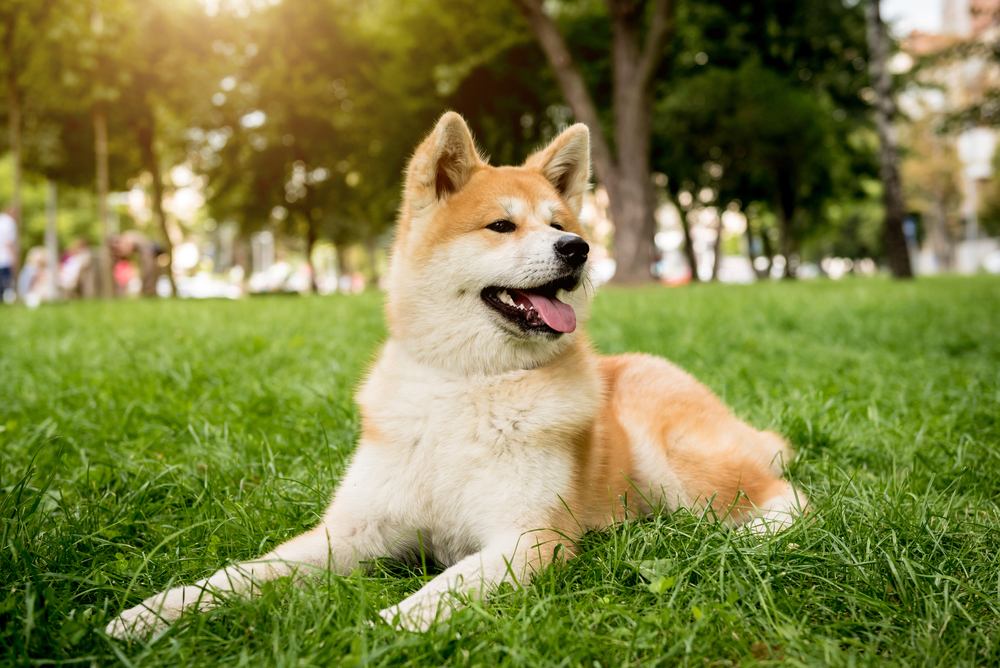
A Glimpse into the Past: The Origins of Akita
The Akita breed’s history can be traced back to the mountainous regions of northern Japan, where they were originally bred as versatile working dogs. Their ancestry can be linked to the ancient Matagi, a skilled group of hunters who valued the Akita for their incredible strength, intelligence, and loyalty. These dogs were prized not only for their hunting prowess but also for their ability to guard and protect their families and villages.
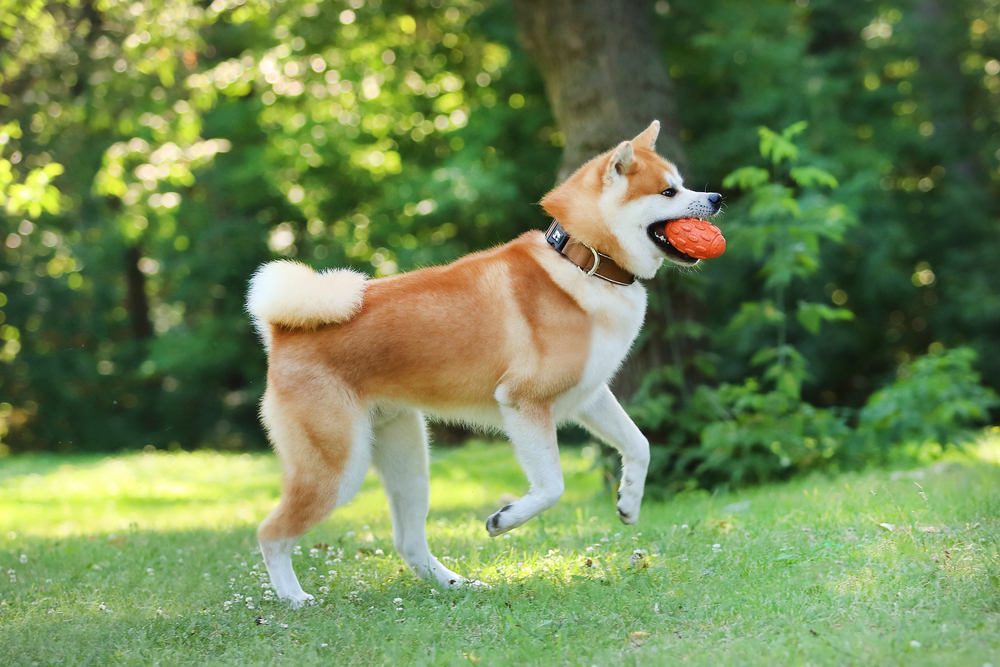

Akita in Traditional Japanese Folklore
In the realm of Japanese folklore, the Akita occupies a special place, often regarded as a symbol of loyalty, courage, and devotion. One of the most popular tales featuring an Akita is the legendary story of “Hachiko,” an incredibly faithful dog who waited for his deceased owner at the Shibuya Station in Tokyo every day for nearly ten years. This heartwarming tale has solidified the Akita’s reputation as a symbol of unwavering loyalty and has captured the hearts of people worldwide.
Akita in Japanese Culture
The Akita’s significance in Japanese culture extends beyond folklore, as these regal dogs have been celebrated in various art forms throughout history. From traditional woodblock prints to contemporary paintings, the Akita’s noble and dignified appearance has inspired artists for generations. Moreover, Akita festivals and events have become an essential part of Japanese cultural heritage, where enthusiasts gather to admire and celebrate the beauty of this remarkable breed.

The Akita's Journey to International Recognition
While the Akita’s fame was initially confined to Japan, its story took a significant turn in the early 20th century. Helen Keller, the renowned American author, and activist, played a pivotal role in introducing the Akita to the world beyond Japan. During her visit to Japan in 1937, she expressed admiration for the breed and was gifted with an Akita named “Kamikaze-go.” Keller’s admiration and affection for the breed greatly contributed to its international recognition.
Akita Breed Standard and Characteristics
The Akita is a large and robust breed, characterized by its imposing presence, dignified demeanor, and dense double coat. According to the American Kennel Club (AKC) breed standard, the Akita’s appearance should exude strength and nobility, with males typically standing around 26 to 28 inches at the shoulder and females slightly smaller. Their well-balanced bodies, sturdy bone structure, and expressive eyes add to their captivating allure.
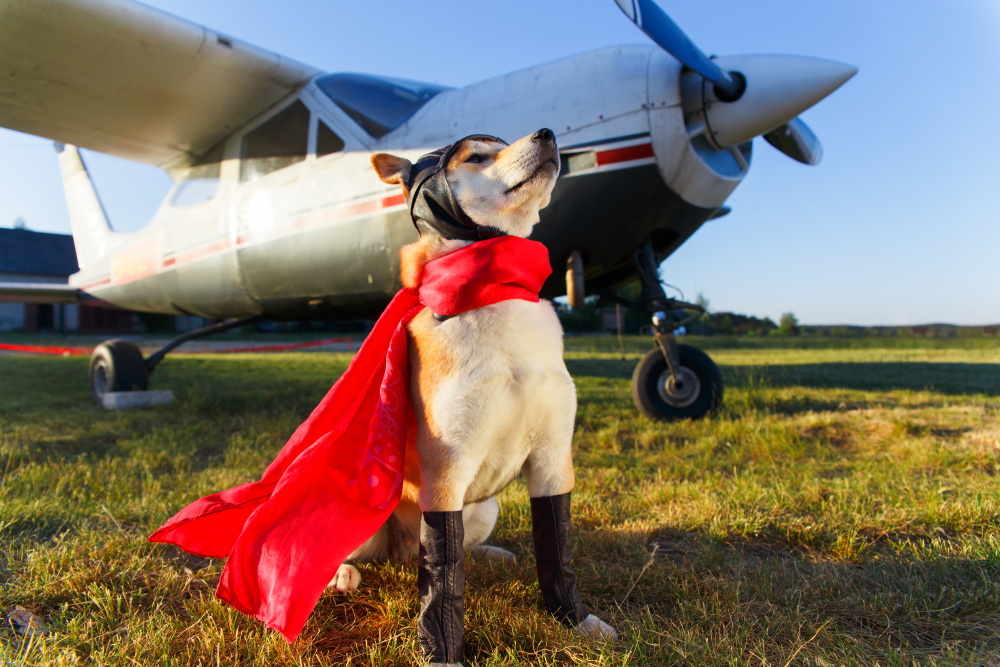
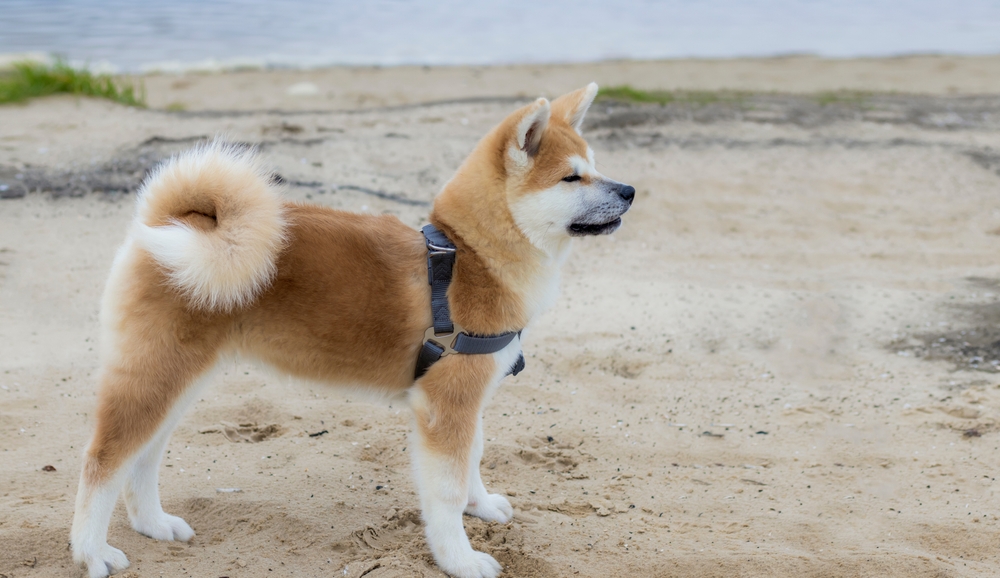
Akita's Temperament and Personality Traits
Beneath their majestic exterior lies a loyal, affectionate, and intelligent companion. Akitas are known for their unwavering devotion to their families, making them excellent guardians and protectors. However, their strong-willed nature requires consistent training and socialization from an early age. Akitas are generally reserved around strangers but are incredibly loving and gentle with those they trust.
Akita's Role in Modern Society
Despite their deep-rooted history, Akitas have successfully adapted to modern society and continue to flourish as loving family pets. Their versatility shines through in various canine sports, such as obedience, agility, and even therapy work. Moreover, Akitas have found their place in the service and working dog domains, where their intelligence and loyalty are highly valued.

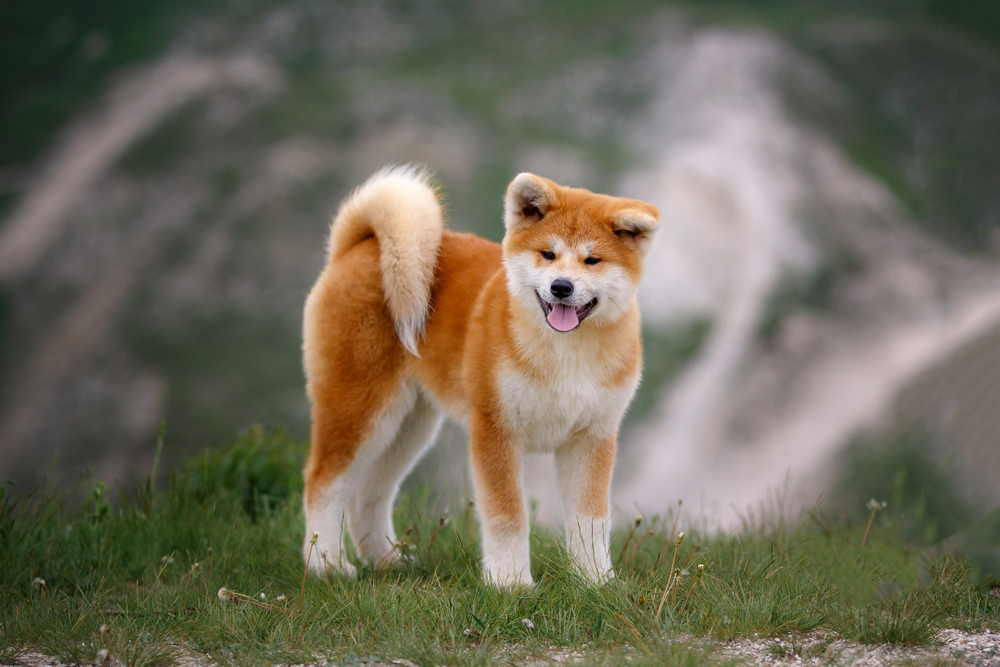
Health and Care Considerations
As with any breed, Akitas are susceptible to certain health issues, including hip dysplasia, progressive retinal atrophy (PRA), and autoimmune disorders. Regular exercise, a balanced diet, and routine veterinary care are crucial in maintaining the Akita’s overall health and well-being. Responsible breeding practices also play a vital role in preserving the breed’s genetic health

Akita in Traditional Japanese Folklore and History
The Akita’s journey from the rugged mountains of Japan to international recognition is a testament to its enduring appeal and significance. From their roots in Japanese folklore to their cherished place in modern society, Akitas continue to capture the hearts of dog enthusiasts worldwide. Their loyalty, courage, and dignified demeanor make them exceptional companions, truly living up to their legendary reputation.